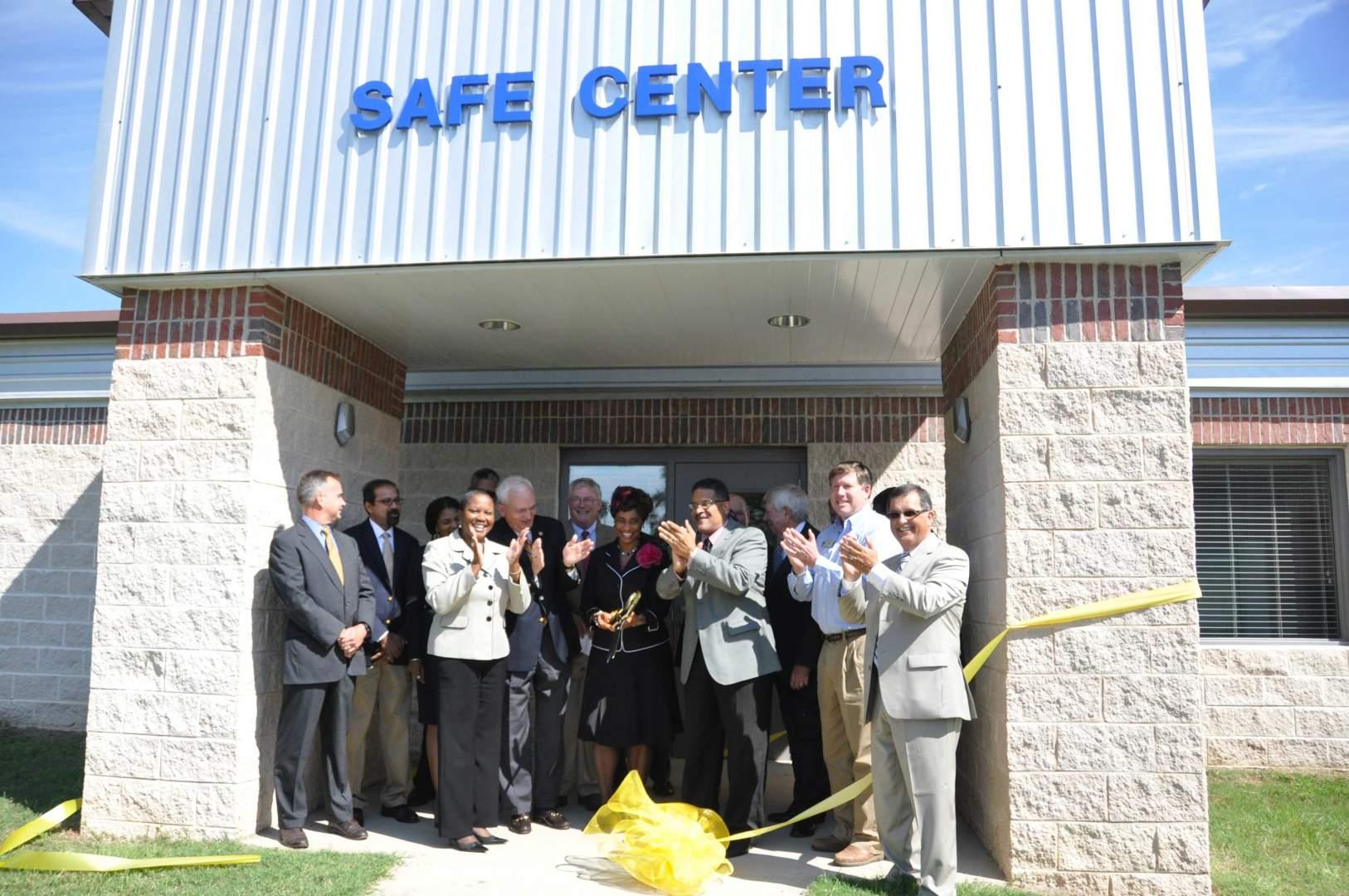The recent Hurricane Issac is a reminder of the devastation that can impact communities, including animals. In preparation for disasters, Georgia is looking ahead by opening its first facility at Fort Valley State University to house animals during emergencies.
“We really needed a central facility for when we encounter a disaster in the state of Georgia. The companion animal is such an important fabric of families,” said Gary W. Black, Georgia’s agriculture commissioner, at a ribbon cutting Sept. 12 for the SAFE - State Animal Facility for Emergencies - Center. “We have the expertise here at Fort Valley State with their veterinary technician program, a rich heritage in animal science. It’s a natural fit so we’re very pleased to be a partner and it’s a great day to celebrate in Fort Valley.”
At 10:30 a.m. for about an hour, nearly 100 public officials, faculty and staff, students and administrators gathered to celebrate the official opening of the 7,800 square-foot facility funded by a $750,000 grant from the state of Georgia. It’s conveniently adjacent to the O’Neal building, where the Department of Veterinary Science is housed. Officials said the university was also chosen because it’s centrally located in the state near several interstates.
The center has cages for up to 80 cats and 105 dogs, and it can hold up to 30 horses if Georgia were to face a natural disaster, terrorist attack or animal control situation that required temporary housing of many animals. There are also fenced pasture areas.
It is up to state officials as to when the facility will be activated for use. In the meantime, it may also be used to teach undergraduate classes and possibly homeland security, agrosecurity and biodefense training sessions for animal control and emergency management workers, volunteers and veterinarians.
Ultimately, Fort Valley State officials say having this center on campus is a way of helping people, particularly those facing hardship during a disaster.“This is an example of us reaching out to the community and giving our students a tangible example of how they need to involve themselves with those around them,” said Dr. George McCommon, interim director of the center.

